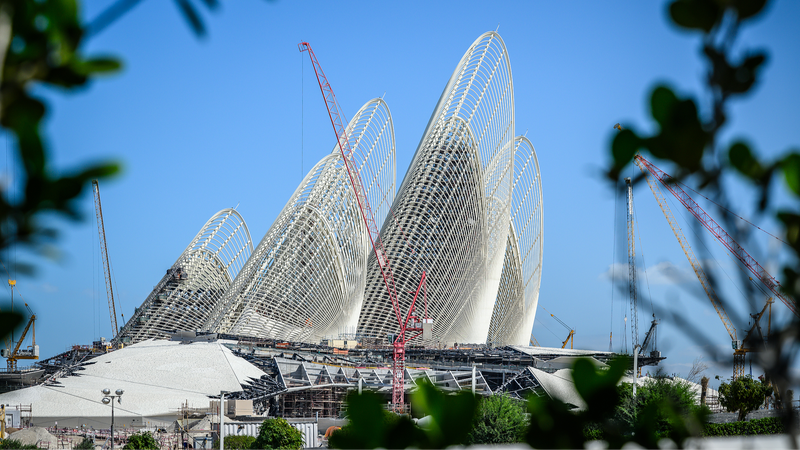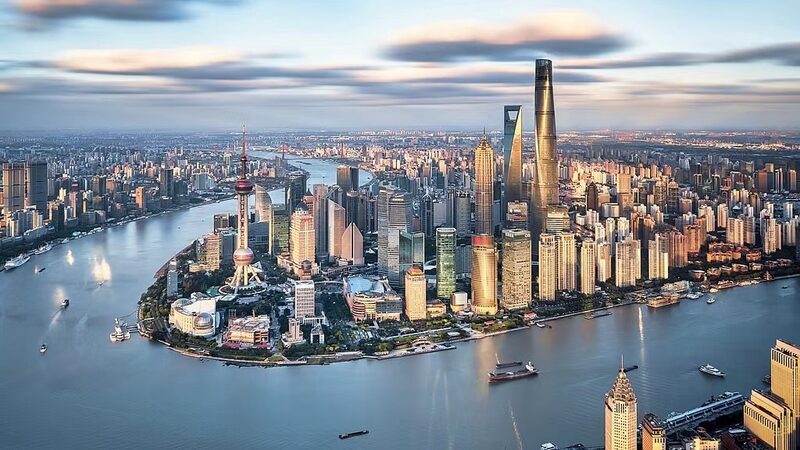As China and Arab states deepen economic ties, a new blueprint emerges for attracting global tech investment. Ge Lin, an economic commentator with CGTN, analyzes how Arab nations can leverage China's ecosystem-building strategies to diversify beyond oil and infrastructure.
The Diversification Imperative
While bilateral trade between China and Arab nations surged to $430 billion in 2023, energy still dominates 78% of exchanges. Arab states now aim to cultivate advanced manufacturing and digital economies – but face the "cluster paradox": global firms wait for ecosystems to form before investing, while ecosystems need anchor firms to develop.
Policy as a Growth Catalyst
Chinese cities like Hangzhou and Hefei demonstrate how governments can act as service providers rather than regulators:
- Time as Currency: Hangzhou slashes license processing from 120 days to half a day
- Concierge Governance: Dedicated teams handle land allocation, visas, and compliance
- Financial Bridges: Hefei ties public investments to corporate milestones
- Strategic Land Use: Subsidized industrial parks co-locate suppliers and R&D centers
These measures reduced startup operational costs by 40% in Xi'an's semiconductor cluster, according to 2022 municipal data.
The Road Ahead
While the article outlines additional pillars – talent development and global positioning – details remain forthcoming. For now, Arab policymakers are studying China's playbook of transforming bureaucracy into growth architecture. As Ge Lin notes: "When governments become partners rather than gatekeepers, iron filings of capital and talent align naturally."
Reference(s):
How Arab states can land global tech firms: A Chinese perspective
cgtn.com







